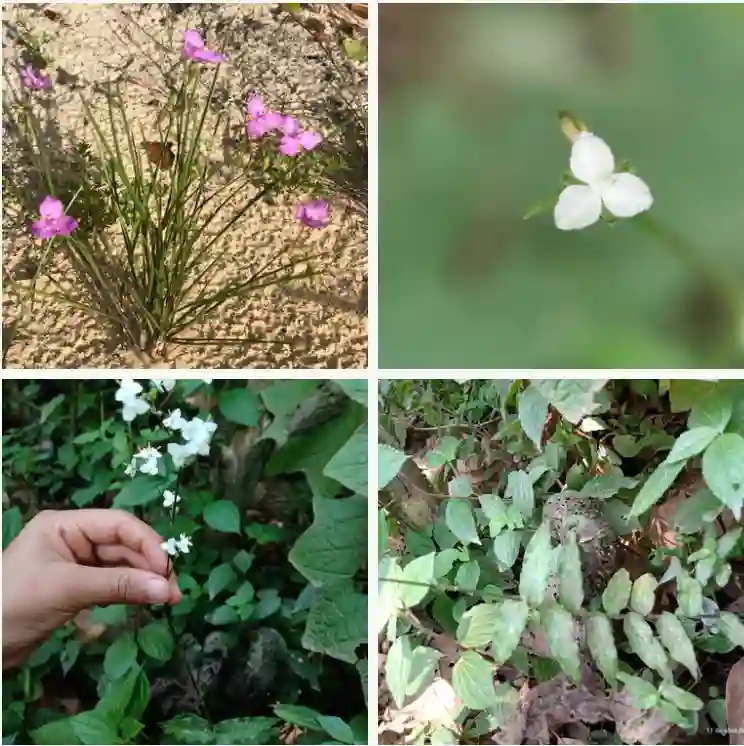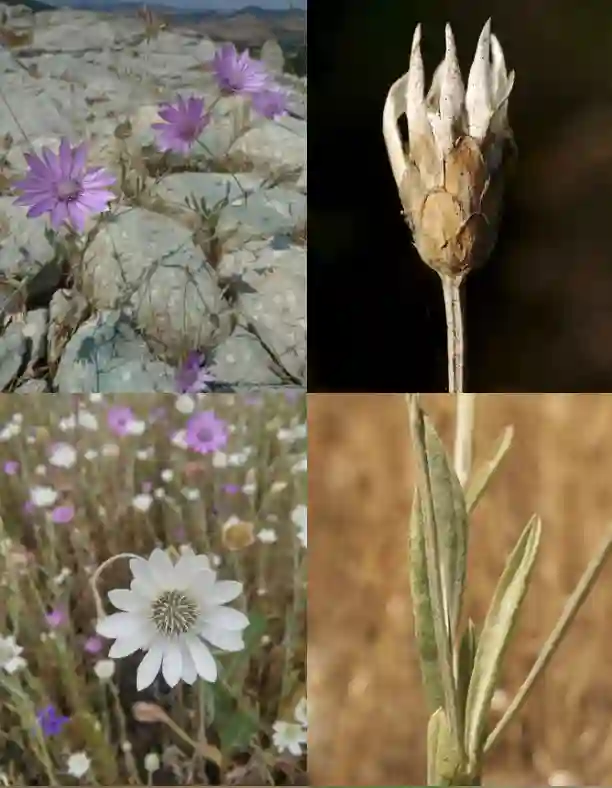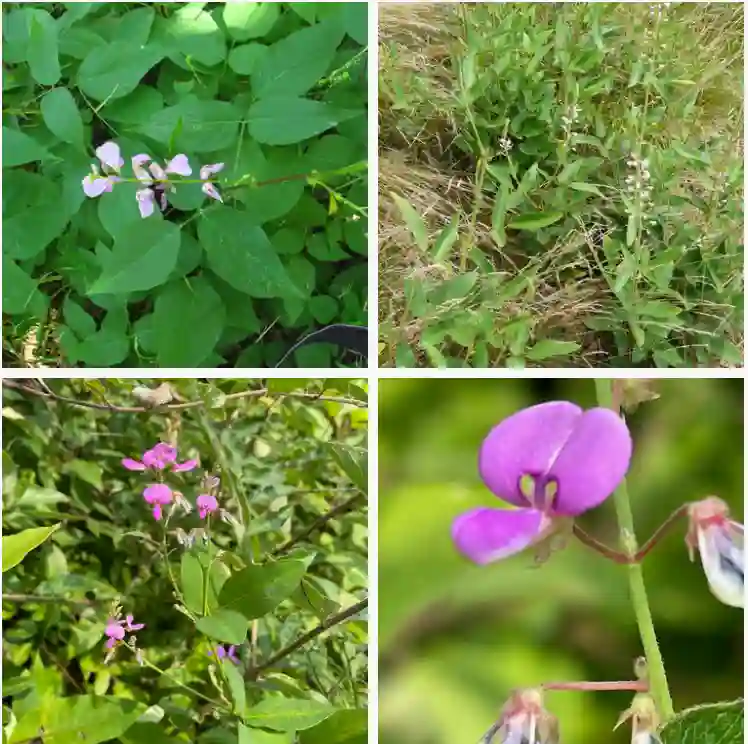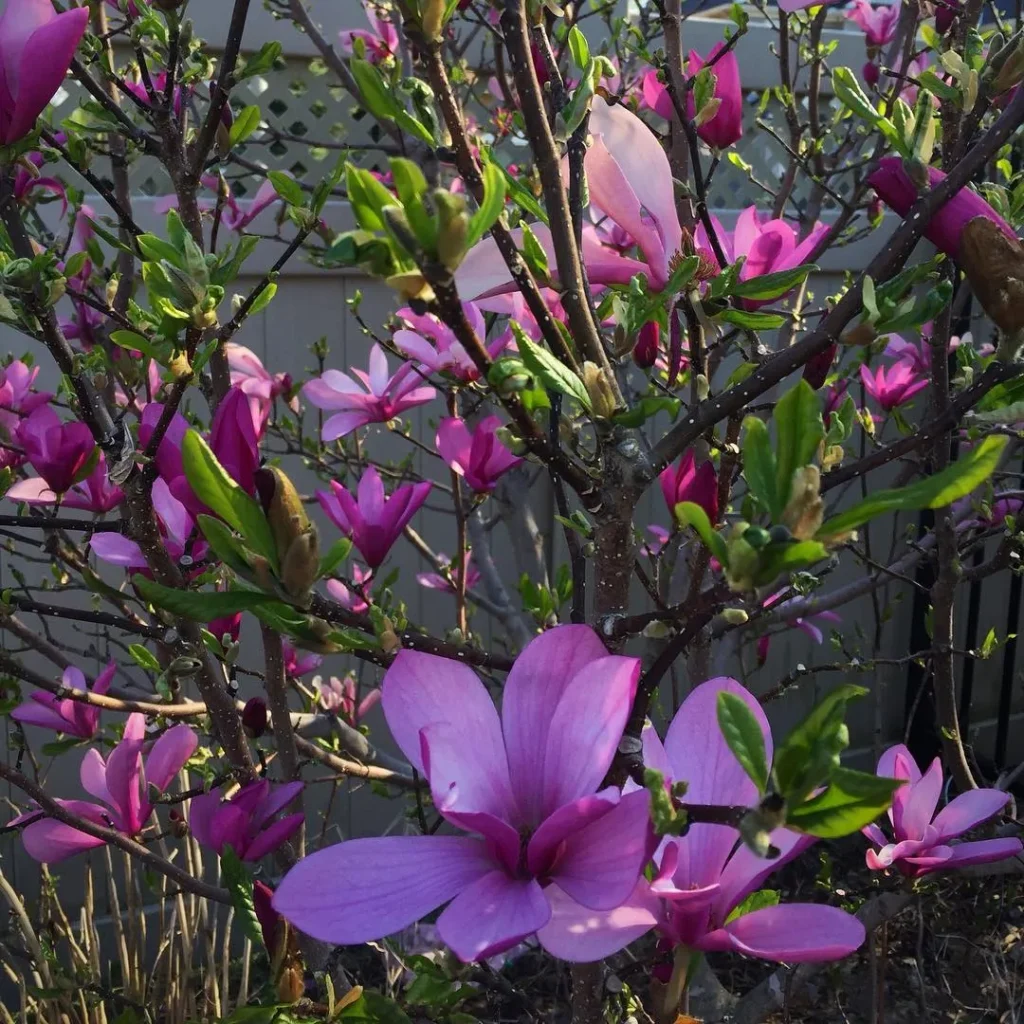My Fascination with Bruniaceae: A Unique Plant Family
As a botany enthusiast, I’ve always been captivated by the diversity and intricacies of the plant kingdom. One family that particularly intrigues me is Bruniaceae, a unique group of flowering plants endemic to the Cape Floristic Region of South Africa. Let me take you on a journey to explore the fascinating world of Bruniaceae and its remarkable characteristics.
Bruniaceae: A South African Gem
The Bruniaceae family, named after the Danish botanist Martin Vahl, is comprised of around 6 genera and approximately 75 species. These plants are primarily shrubs, ranging in size from small, compact bushes to larger, sprawling forms. They are well-adapted to the diverse habitats of the Cape Floristic Region, including fynbos, renosterveld, and coastal dunes.
One of the defining features of Bruniaceae is their distinctive inflorescences, which are often densely packed clusters of small flowers. These flowers can vary in color, ranging from white and cream to yellow, pink, and even red. The leaves of Bruniaceae plants are typically small and evergreen, often with a leathery texture that helps them withstand the harsh conditions of their environment.
Exploring the Genera of Bruniaceae
Let’s delve into the fascinating world of Bruniaceae genera, each with its own unique charm and characteristics.
- Berzelia: This genus is known for its spherical flowerheads, often resembling miniature pincushions. They are a popular choice for ornamental gardens and are known to attract pollinators such as bees and butterflies.
- Brunia: The namesake genus of the family, Brunia, is characterized by its cone-shaped flowerheads, which are often covered in colorful bracts. These plants are highly valued for their ornamental appeal and are often used in dried flower arrangements. – 37 Species in Genus Brunia
- Staavia: This genus features unique, star-shaped flowerheads, often with prominent stamens. Staavia plants are known for their fragrant flowers and are a popular choice for attracting pollinators.
- Audouinia: This genus is known for its vibrant, pink flowers, which are often arranged in dense clusters. Audouinia plants are a striking addition to any garden and are known to attract birds and insects.
- Thamnea: This genus is characterized by its small, bell-shaped flowers, often arranged in loose clusters. Thamnea plants are known for their delicate beauty and are a popular choice for rock gardens and alpine landscapes.
- Linconia: Linconia is a genus of flowering plants in the family Bruniaceae, endemic to the Cape Floristic Region of South Africa. These plants are typically small, evergreen shrubs with distinctive, cone-like inflorescences. The leaves are small, often needle-like, and arranged in whorls.
The Ecological Significance of Bruniaceae
Bruniaceae plants play a vital role in the delicate ecosystems of the Cape Floristic Region. Their flowers provide a valuable source of nectar and pollen for a variety of pollinators, including bees, butterflies, birds, and even small mammals. Their dense foliage offers shelter and nesting sites for a variety of insects and birds.
Additionally, Bruniaceae plants are well-adapted to fire, a natural phenomenon in the fynbos ecosystem. Their seeds often require fire to trigger germination, ensuring the regeneration of the plant community after a fire event.
Conservation Concerns
Despite their ecological importance, many Bruniaceae species face threats due to habitat loss, invasive species, and climate change. The Cape Floristic Region is one of the world’s biodiversity hotspots, and the conservation of Bruniaceae is crucial for maintaining the ecological integrity of this unique region.
Conclusion: Appreciating the Beauty and Resilience of Bruniaceae
The Bruniaceae plant family is a testament to the wonders of nature, showcasing a remarkable diversity of forms, colors, and adaptations. As a botany enthusiast, I’m continually inspired by the beauty and resilience of these plants, and I’m committed to raising awareness about their ecological significance and conservation needs. I invite you to join me in appreciating the unique charm of Bruniaceae and supporting efforts to protect this invaluable part of our natural heritage.
If i die, water my plants!



